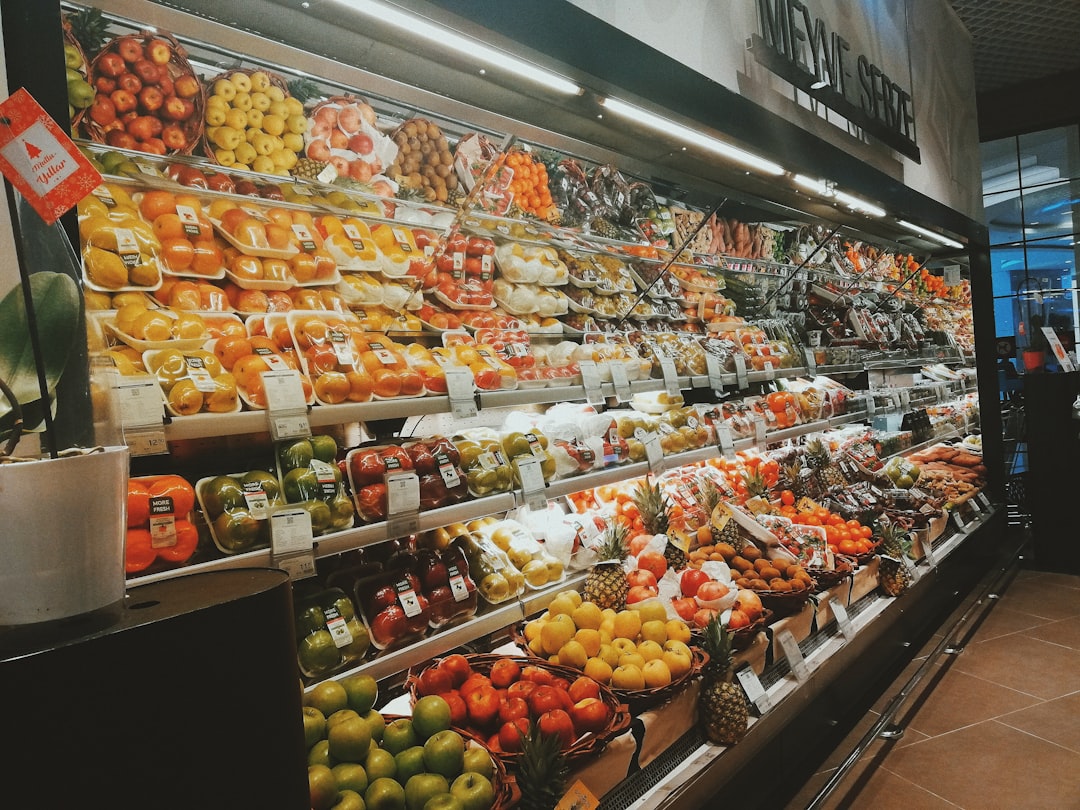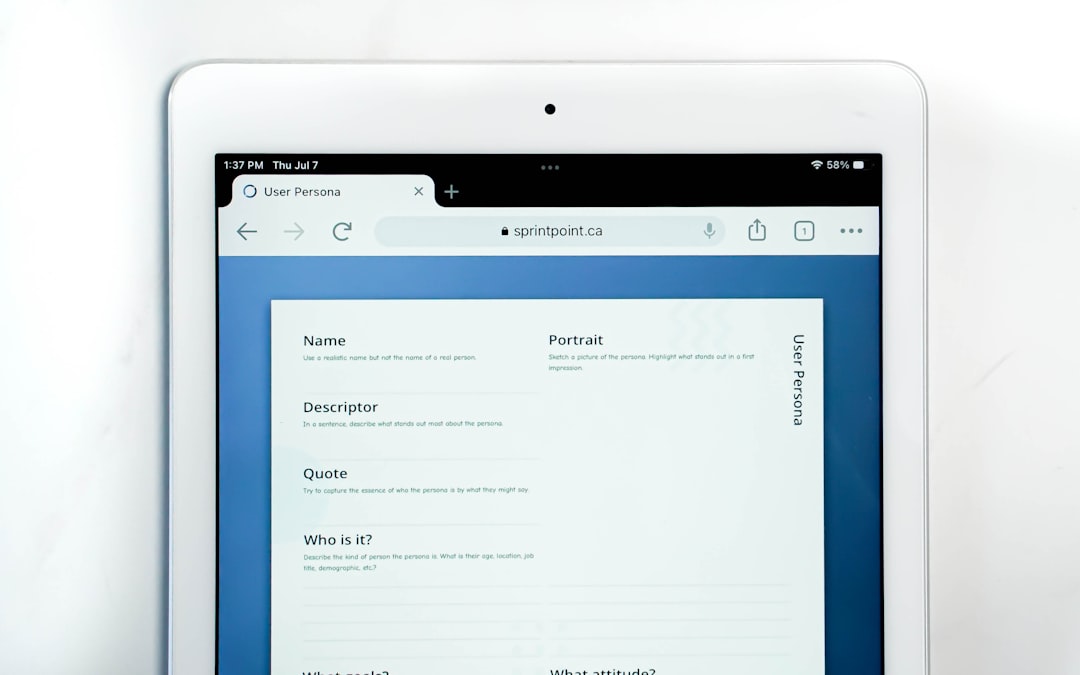Artificial Intelligence has revolutionized various industries, and one of the most creatively impacted domains is design. From generating color schemes to building brand identities, AI-based design tools have taken center stage. Among them is AI Palette, a prominent tool leveraging artificial intelligence to assist designers and product developers in bringing ideas to life, particularly in product innovation and branding strategies. But how does AI Palette truly stack up against other AI-powered design tools?
Understanding AI Palette
AI Palette is a Singapore-based startup that focuses on using AI to predict food trends and assist with product development. It allows food and beverage companies to rapidly assess market preferences and trends, localization strategies, and flavor profiling using real-time consumer data and machine learning algorithms.
The strength of AI Palette lies in its deep understanding of consumer-behavior analytics. Unlike generic design tools, AI Palette integrates cultural sensitivities, emerging flavor trends, and demographic insights to recommend product innovations. It is tailored especially for product designers in the food sector, aiming to minimize the product failure rate and optimize launches.
How Does AI Palette Differ From Traditional AI-Powered Design Tools?
While AI Palette specializes in food product development, there are other renowned AI design tools that cater to broader applications such as web design, graphic design, and branding. Some of the most popular ones include:
- Canva — known for its intuitive design interface powered by AI suggestions, templates, and quick editing functions for graphic design.
- Designs.ai — offers a suite of tools for logo creation, video editing, and brand kit development using AI.
- Looka — an AI-powered platform that assists with creating brand identities, such as logos and marketing materials.
- Khroma — leverages AI to suggest color palettes based on user preferences.
Additionally, creators looking to design visually appealing slides can explore the AI presentation maker by Adobe Express, which simplifies the process of creating professional presentations with AI-driven design support.
The distinction lies in purpose and specialization. While tools like Canva or Looka provide creative support in visual branding, AI Palette is focused on data-driven product innovation within specific industrial verticals, mainly the food and beverage space.
Feature-by-Feature Comparison
| Features | AI Palette | Designs.ai | Canva | Looka |
|---|---|---|---|---|
| Primary Focus | Food trend forecasting and product design | Visual content creation | Graphic design & templates | Branding & logo design |
| AI Capabilities | Trend detection, flavor profiling, localization | Template generation, video scripting, text to image | Design suggestion, content planning | Style generation, color schemes, layout optimization |
| Industries Served | FMCG, Food & Beverages | General marketing and branding | Marketing, Education, Small Businesses | E-commerce, Startups, Businesses |
| Data Source Dependency | Real-time consumer data analysis | Preset assets & templates | Static templates & AI-driven design tweaks | Input-based generation & user choices |
As the table shows, AI Palette stands apart due to its capability to analyze and integrate consumer data into product recommendations. This data-intensiveness is what makes it a more specialized tool compared to more visual-centric platforms.

Use-Cases and Application Scope
To truly grasp the value of each platform, it’s essential to understand their core use-cases:
- AI Palette: A food company planning to launch a new line of snacks in Southeast Asia can use AI Palette to determine flavor preferences by analyzing regional trends, cultural factors, and demographic behaviors. This makes their launch more data-backed and less dependent on trial and error.
- Canva: An e-commerce solopreneur needs to create social media graphics quickly for an upcoming sale. Canva provides instant suggestions for flyer templates, banner sizes, and slogans driven by machine learning algorithms.
- Looka: A startup with no creative team wants an entire brand kit, including a logo, typography, and marketing material. Looka enables this with a few questions about the company’s tone and style preferences.
- Designs.ai: A digital marketer needs quick videos for a cross-channel campaign and uses Designs.ai’s video maker, which uses AI for scene sequencing, scripts, and music matches.
User Experience and Accessibility
Regarding interface and user experience, most design tools like Canva and Looka are oriented toward both professionals and amateurs. AI Palette, however, tends to attract enterprise-level decision-makers and R&D teams due to its niche application scope and more analytical interface.
The learning curve for tools such as Canva and Designs.ai is minimal compared to AI Palette, which may require domain-specific knowledge, especially in food sciences or consumer analytics. Nonetheless, AI Palette provides extensive onboarding and guidance to help users simplify the predictive modeling process.

The Verdict: Which Tool Excels Where?
When it comes down to choosing between AI Palette and other AI-driven design tools, the decision should be driven by the end goal:
- Choose AI Palette if your role involves product innovation, especially in FMCG or food & beverage. Its precision, real-time insights, and predictive capabilities are unrivaled in that niche.
- Choose Canva if you’re focused on digital content creation for marketing or education, without deep-level analytics or forecasts.
- Choose Looka if you’re launching a brand and want fast visual identity creation without hiring a graphic designer.
- Choose Designs.ai if you need a toolkit to generate different types of media fast—video, audio, design—with automation support.
In conclusion, each platform shines in its domain. AI Palette is not just another design tool; it’s a strategic innovation assistant. When used appropriately within the right industrial context, it offers a level of market forecasting that few visual design tools can match.
Frequently Asked Questions (FAQ)
- Q: Is AI Palette suitable for non-food industries?
A: While it’s primarily focused on the food and beverage sector, some trend-forecasting methods could be adapted to other CPG (consumer packaged goods) domains. However, it may not be optimal outside its core specialization. - Q: Can Canva or Looka do what AI Palette does?
A: Not exactly. Canva and Looka focus on visual design, templates, and branding assets, whereas AI Palette uses data to forecast product trends and consumer behavior, especially in food innovation. - Q: Does AI Palette require technical skills?
A: Not necessarily, though familiarity with product development, marketing, or analytics is beneficial. Training and support are typically offered to enterprise clients. - Q: How does AI Palette gather its insights?
A: It analyzes data from social media, e-commerce platforms, consumer reviews, and market reports using machine learning and natural language processing. - Q: Can small businesses use AI Palette?
A: While the tool is geared toward larger organizations, small businesses involved in food production or innovation could benefit significantly, provided they have access to the platform.


